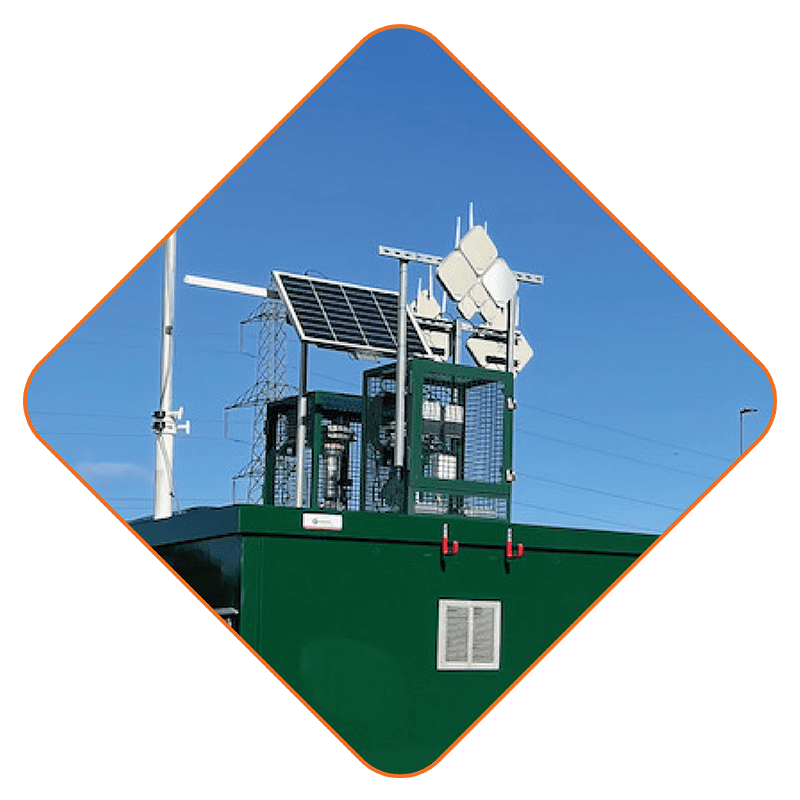Air Quality Sensing
Part of Testbed Utilised:
UMBRELLA wireless network
Key Stakeholders:
The University of the West of England, South Gloucestershire Council, Toshiba
Key Goal:
Track air quality on key thoroughfares to help design future policy

The Challenge
Air pollution has been an issue since the first smokestacks went up at the outset of The Industrial Revolution in the UK. While there are natural causes, such as wildfires and volcano eruptions, most of the air pollution today comes from human activities. The increased level of pollutants in the air has long-term effects on both human health and nature. Particles such as sulphur dioxide and nitrogen oxide create acid rain and attribute to climate change. Breathing in pollutants also leads to long-term health effects such as heart disease, lung cancer and other respiratory diseases, with Public Health England estimating that up to 36,000 deaths a year are attributed to air pollution in England alone.
According to the Department for Environment Food and Rural Affairs, the economic impact of air pollution is estimated to cost the UK between £9 – £19 billion every year. Investing in monitoring and reducing air pollution levels can help local authorities reduce this cost and improve the health of their citizens and the environment.
The main source of air pollution in South Gloucestershire is road traffic. South Gloucestershire Council wants to further understand the effects of traffic on the local air quality so that they can design policies that have the most impact on combatting air pollution, without compromising the economy of the region. Air quality is affected by several factors relating to traffic:
- Whether the traffic is flowing or standing.
- Traffic composition – the ratio of old to new vehicles, types of fuel, and engine start/stop technology prevalence.
- The speed of the vehicles – the slower the speed the higher the concentration of pollution particles.
- Location – pollutants concentration quickly deteriorates as you move away from the carriageway.
- Street layout and adjacent building height (e.g. canyon effects)
The council currently monitors air quality using sample tubes that need to be placed at monitoring locations. To collect data, these must be frequently collected and replaced. As such, air quality is not currently measured in real-time, and the observation points are limited for effective policy making around pollution risk mitigation. This is why real time measurements with sufficiently high geographical resolution are of paramount importance.
The Approach
200 UMBRELLA nodes will be placed in South Gloucestershire, primarily on a 7km stretch of the A4174 between the Frenchay Campus of the University of the West of England and the Bristol and Bath Science Park.
All 200 nodes will have a combination of air quality sensors, with 100 nodes having highly sensitive Alphasense sensors. These will allow the real-time measurement and collection of data on:
- VOC Index
- RED
- Ozone
- Ammonia
- PM 2.5
- PM 10
- Air Temperature
- Air Humidity
- Air Quality index
- NO2


